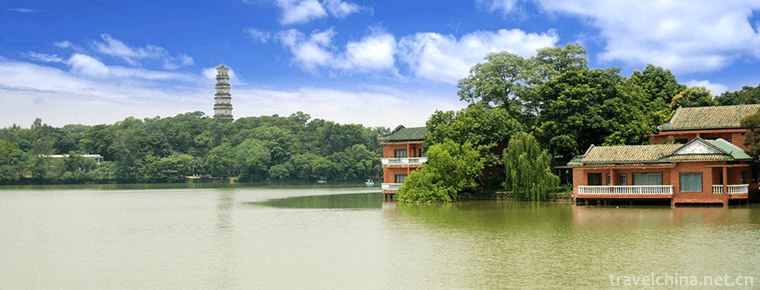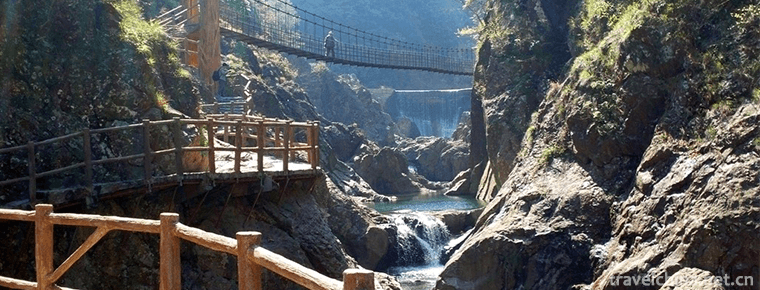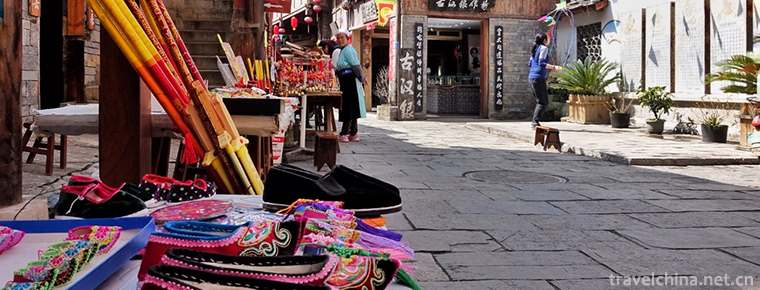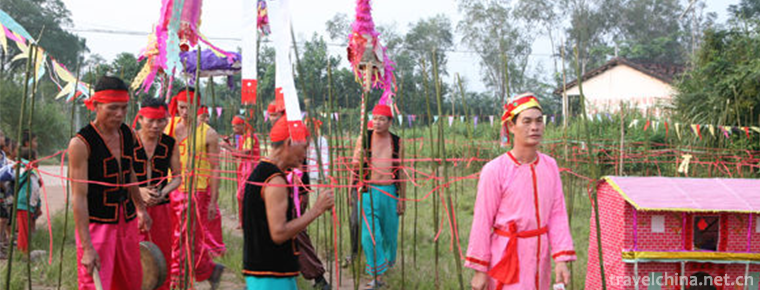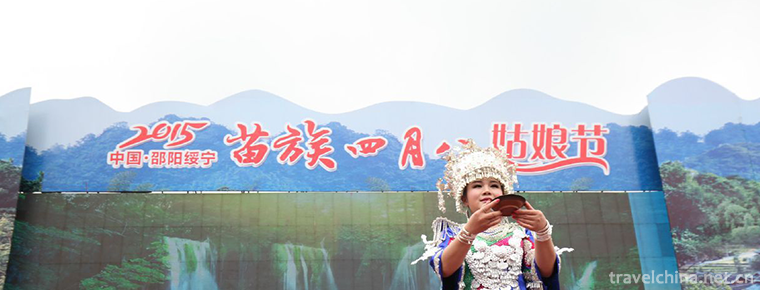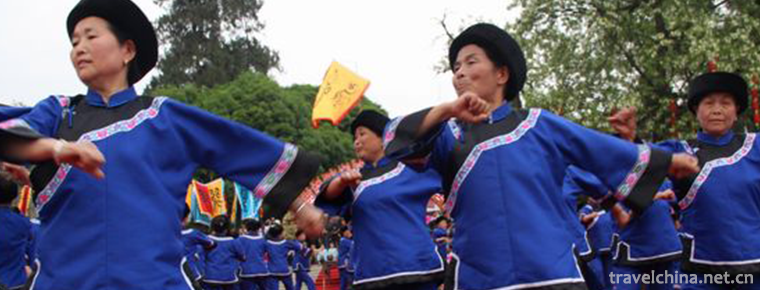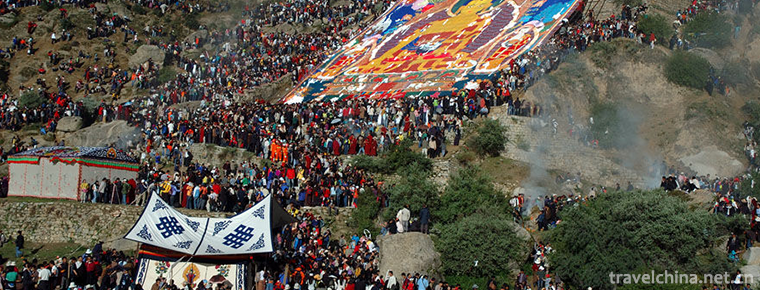Summer Palace
The Summer Palace, the imperial garden of the Qing Dynasty in China, is located in the western suburbs of Beijing, 15 kilometers away from the city, covering an area of 290 hectares, adjacent to the Yuanmingyuan Garden. It is a large-scale landscape garden based on Kunming Lake and Longevity Hill, Hangzhou West Lake as the blueprint, drawing on the design techniques of Jiangnan gardens. It is also the most complete imperial palace, known as the "Royal Garden Museum" and a national key tourist attraction.

Before the reign of Emperor Qianlong in the Qing Dynasty, four large royal gardens were built in the western suburbs of Beijing. In the fifteenth year of Qianlong (1750), Emperor Qianlong used 4.48 million silver to rebuild the Qingyi Garden for the honor of his mother, Xiaosheng Empress, and formed a 20-kilometer-long imperial garden area from Qinghua Garden to Xiangshan. In the ten year of Xianfeng (1860), Qingyi Garden was destroyed by the British and French coalition forces. Guangxu fourteen years (1888) reconstruction, renamed the Summer Palace, as summer resort. In the 26th year of Guangxu (1900), the Summer Palace was destroyed by the Eight-Power Coalition Army, and the treasures were looted. After the destruction of the Qing Dynasty, the the Summer Palace was destroyed again during the warlords' War and Kuomintang rule.

On March 4, 1961, the Summer Palace was promulgated as the first batch of national key cultural relics protection units, together with Chengde Summer Resort, Zhuozheng Garden and Liuyuan, known as China's four famous gardens. In November 1998, the Summer Palace was listed in the World Heritage List. In May 8, 2007, the Summer Palace was officially approved by the National Tourism Administration as a national 5A tourist attraction. In 2009, the Summer Palace was selected as the largest existing imperial garden in China by the world record association of China. The park will stop selling tickets after September 28, 2018 when the park is full.

More pic



















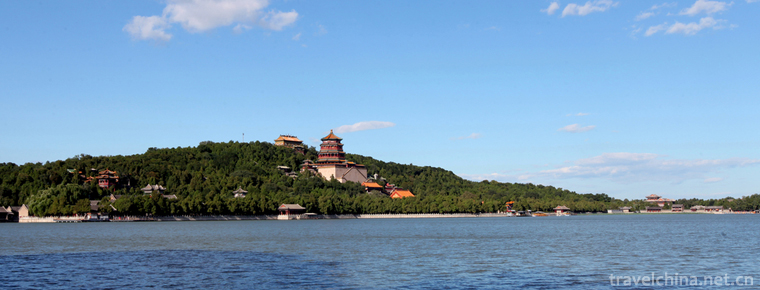
-
Huizhou West Lake Scenic Spot
Huizhou West Lake scenic area is located in the central area of Huicheng in Guangdong Province, Southeast of Huizhou City, consisting of West Lake and the Red Lake, a total area of 20.91 square kilome.
Views: 114 Time 2018-12-12 -
Caoxi Hot Spring Holiday Resort
Caoxi Hot Spring Holiday Resort is located in Qujiang Maba, Shaoguan City. It is the largest hot spring villa resort in Guangdong Province. It is located on 106 National Highway under the outlet of Sh.
Views: 334 Time 2019-01-04 -
Tianlong Tunpu
Tianlong Tunpu Town is located in Pingba District, Anshun City, western Guizhou Province. Deep in the mountains of karst landform, Tiantai Mountain and Longan Mountain are two mountains.
Views: 181 Time 2019-02-21 -
Ancient dance Lao Gu dance
Ancient dance, the meaning of "breaking through the barrier" in Li language, is called "ancestor-telling" in ancient books. The ancestor worship originated from the primitive socie.
Views: 132 Time 2019-05-11 -
Lishui drum words
Lishui Drum Ci is a popular rap art in Liandu and its surrounding areas in Lishui City, Zhejiang Province. Lishui Drum Ci originated from the Tang Dynasty. During the reign of Emperor Li Shimin, it wa.
Views: 335 Time 2019-05-13 -
April Eighth Girls Day of Miao Nationality
"Girl's Day" originated in memory of Yang Bamei, a heroine. Legend has it that in the Northern Song Dynasty, Yang Wenguang, a famous general, was ordered to be plain and barbarous. After def.
Views: 199 Time 2019-06-05 -
The Legend of Shun
Shun was born in Zhufeng Village, Yongji County. His surname is Yao and his name is Chonghua because of his double pupils. Soon after his mother gave birth, he died. His father married a stepmother an.
Views: 129 Time 2019-06-16 -
Tujia Waving Dance
Hand-waving dance is an ancient traditional dance of Tujia nationality. It mainly spreads in the Youshui River and Wujiang River basin at the junction of Hubei, Hunan, Chongqing and Guizhou. It mainly.
Views: 106 Time 2019-06-23 -
Sho Dun Festival
The Shirton Festival is a traditional religious festival of Tibetan people in Tibet, Qinghai, Gansu, Sichuan, Yunnan and other provinces and regions. It is mostly held in early February, mid-April or .
Views: 167 Time 2019-07-09 -
Legend of Zhuangzi
The legend of Zhuangzi is a folklore of Dongming in Shandong Province. Chuang Tzu, Ming Zhou, Zixiu. According to the Records of History, it is recorded as the Mongolian people in the Warring States P.
Views: 149 Time 2019-08-10 -
China Agricultural University
China Agricultural University (China Agricultural University), referred to as "China Agricultural University", is located in Beijing City By Ministry of Education of the People's Republic of.
Views: 184 Time 2019-12-21 -
Neijiang climate
Neijiang City belongs to subtropical humid monsoon climate. Affected by the basin and the natural environment, it has the characteristics of mild climate, abundant rainfall, sufficient light and heat, and long frost free period. It is warm in winter and hot in summer,.
Views: 295 Time 2020-12-16
